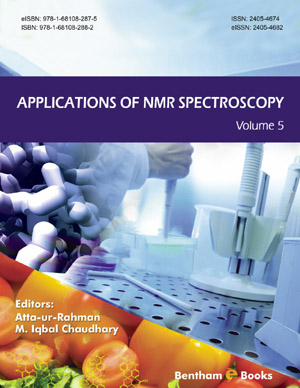Abstract
Magnetic resonance spectroscopy (MRS) is a diagnostic technique that permits non-invasive measurement of metabolites in tissues.
Brain Spectroscopy for diagnostic use mainly relies on two techniques: multivoxel and single voxel acquisitions. The first allows a wider extension of the analysis of tumoral and peritumoral brain tissue, with a better mapping of metabolites distribution. This technique is time consuming and can be affected by several artifacts.
The single-voxel technique allows a more robust acquisition, more repeatable, and a better visualization of metabolites spectrum but is limited by the size and position of the voxel of acquisition, based upon operator choice.
Brain MR Spectroscopy is often an essential tool in differential diagnosis of undetermined brain mass. The cases in which spectroscopy can help in differential diagnosis are: gliomas versus metastasis, gliomas versus non-neoplastic lesions and glioma versus lymphoma. The neuronal metabolite pattern and the ratios between NAcetyl- Aspartate, Creatine and Choline add diagnostic and functional information to the classic MR morphologic features of the brain lesion.
A lymphoma and a Glioblastoma have very different natural history, prognosis and also therapeutic options. Grading assessment is fundamental in the subsequent decision and therapeutic menagement.
The WHO classifies brain tumors from the least aggressive (benign) to the most aggressive (malignant). Glioblastomas belong to astrocytic tumors, ranging from Grade I (least malignant, e.g., I grade, pilocytic astrocytoma) to Grade IV (most malignant, e.g., IV grade Glioblastoma)
Determining the classification and grade of a brain tumor can predict its likely behaviour.
The histopathological assessment after the biopsy or surgery is fundamental for characterizing the brain tumors. Not in every case biopsy is possible, depending on the localization of the tumor and conditions of the patient; in these cases, Brain spectroscopy can be as a non-invasive tool to hypothesize the tumor grading based on neuronal metabolites ratios. In the follow-up of low-grade gliomas, Spectroscopy allows, with diffusion and perfusion techniques, to find early signs of transformation into higher grades, with a consequent change in patient treatment and care. Moreover, after neurosurgery and chemo-radiotherapy, Spectroscopy has an important role in the differential diagnosis between radionecrosis, pseudoprogression and pseudoresponse.
In conclusion, Spectroscopy, although must be considered as a complementary MRI technique, gives an important contribution to the diagnosis, characterization, follow-up of brain gliomas.
Keywords: Brain, Choline, Gliomas, Lactate creatinine, MRI, NAA, NMR, Spectroscopy.






















